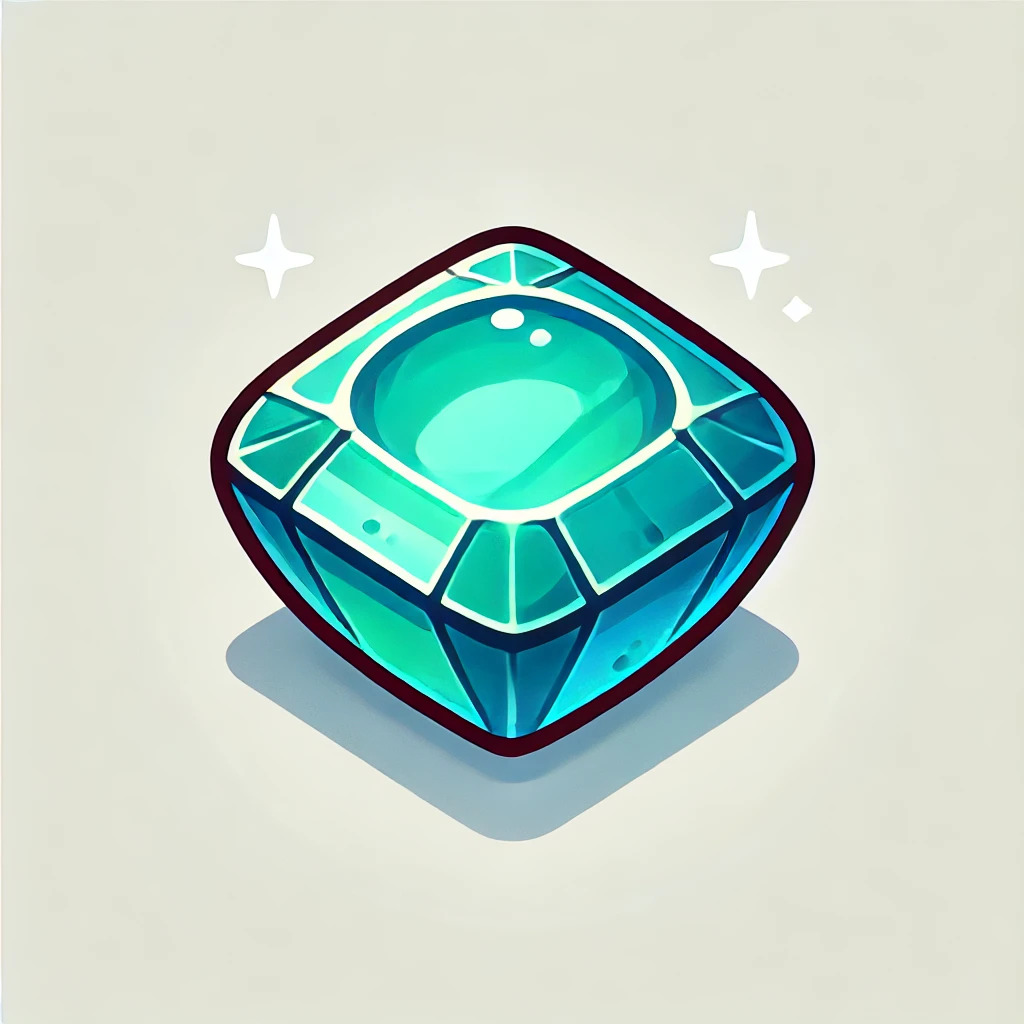Who should avoid wearing turquoise, and what properties does this gemstone possess?

Turquoise is an ancient semi-precious stone known for its beautiful blue, green, or blue-green colors. The earliest turquoise mines were located in the Sinai region.
This gemstone is believed to possess magical and healing properties. It is thought to bring good luck, enhance communication, strengthen the immune system, and aid in the treatment of respiratory diseases.
Experts consider turquoise to be the stone associated with the zodiac sign Sagittarius. While turquoise is suitable for many zodiac signs, gemologists advise that Scorpios and Capricorns should avoid wearing it, as it may lead to emotional imbalances.
Appearance and Physical Properties of Turquoise
Turquoise is one of the oldest ornamental semi-precious stones. It is composed of a hydrated phosphate of copper and aluminum. This stone typically appears as an opaque mineral, showcasing colors that range from blue and green to blue-green, often with brown spots and spider-like veins (known as the matrix). The varying shades of turquoise depend on the amounts of iron, copper, and, to a lesser extent, zinc present in its composition.
- The name "turquoise" is believed to have come into use around the 13th century. There are several versions of its origin:
- from the Persian word "piruz", which means "victorious";
- from the Tajik word "firuza", meaning "stone of happiness";
- from the Old French word "turquois", which means "Turkish".
Turquoise is one of the first gemstones mined by humans. According to some gemologists, the earliest turquoise mines were located in Sinai. The main producers of the stone are the USA, Mexico, Tibet, China, Afghanistan, Iran, Israel, Australia and Tanzania.
Turquoise is imitated more often than any other natural stone. Plastic, glass and ceramics, the mineral howlite, low-grade chrysocolla or azurite, and magnesite are used for this. Light and warm beads are a sign of a fake.
Pure blue turquoise without a matrix is in the greatest demand. At the largest stone auction Gem Rock Auctions, the cost of turquoise samples fluctuates in the range of $ 8–$4449 per piece.
Turquoise origin and interesting facts
Turquoise is a secondary mineral created through the decomposition of other minerals in rock. It is commonly found near copper deposits. This striking gemstone forms in arid regions when rainwater washes copper and phosphate minerals through the soil, and then the water gradually evaporates.
Here are some interesting facts about turquoise. Records from the reign of the Egyptian pharaoh Semerkhet detail extensive mining operations in turquoise deposits, involving thousands of workers. The Egyptians crafted scarabs from this stone. The famous burial mask of Pharaoh Tutankhamun is adorned with turquoise.
The Bible mentions that turquoise was the first stone in the second row of the high priest Aaron's breastplate. In Jewish tradition, it is associated with the tribe of Zebulun, symbolizing both the sea and the sky.
In Iran and other Persian countries, turquoise held significant spiritual value. Gemologists note that the Persians used turquoise in the ornamentation of daggers and horse bridles, and they wore it around their necks and in their turbans as protective amulets. The Taj Mahal is also adorned with turquoise.
In Mexico, the Aztecs used turquoise to create masks.
Native Americans utilize it to craft amulets, talismans, pendants, rings, bracelets, and belt buckles.
Turquoise is one of the few natural minerals that has also given its name to a color, which was officially registered in 1573.

Turquoise magical properties
Turquoise is believed to have magical properties that can aid in exploring past lives and releasing unwanted behavior patterns. This blue stone is associated with good luck, healing old wounds, and fostering a more positive outlook on life.
It helps soothe the inner critic and encourages compassion and respect for one's own suffering, as well as for the experiences of others. Additionally, turquoise is thought to enhance self-esteem and improve communication skills, making one a more effective speaker, a convincing debater, and an engaging conversationalist.
Turquoise is believed to change color as a warning of approaching danger. It can absorb negative energy, bring good luck, and facilitate truthful communication by opening the throat chakra (Vishuddha) and the heart chakra (Anahata).
In relationships, turquoise helps protect against misunderstandings and negative energy, promoting peace and tranquility between partners. It teaches the importance of being in an equal partnership rather than merely pleasing one another, and it supports the establishment of personal boundaries while fostering better communication.
The healing properties of turquoise are highly valued. It is thought to alleviate respiratory issues, strengthen the immune system, and relieve problems such as allergies, migraines, and other ailments affecting the ears, nose, throat, and lungs. Additionally, it is believed to help with conditions like pneumonia, bronchitis, and rheumatism.
It is indicated against panic attacks, it enhances the flow of energy throughout the body. Its calming properties make it an effective remedy for insomnia.
Who is turquoise suitable for?
Turquoise is suitable for jewelry and home decor. It can be placed in homes and offices to attract wealth and positive energy, especially when using Feng Shui practices. When worn as jewelry, turquoise pairs well with lapis lazuli, labradorite, and malachite.
In the modern birthstone table, turquoise is recognized as the birthstone for December. Experts have identified turquoise as the stone for those born under the zodiac sign Sagittarius. Additionally, according to the Crystal Vaults publication, turquoise is also associated with several other zodiac signs, including Leo, Pisces, Gemini, Aries, Virgo, and Cancer, depending on its shade.
Napoleon I gifted his second wife a tiara to celebrate their wedding. Crafted by the French jeweler Marie Etienne Nitot, the tiara was adorned with emeralds and diamonds set in a gold and silver frame. In 1953, the tiara was sold to a renowned jewelry house, which replaced the emeralds with seventy-nine cabochons of Persian turquoise between 1956 and 1962.
Who shouldn't wear turquoise? According to gemologists, Scorpio and Capricorn should avoid turquoise, as it will upset their emotional balance and productivity, leading to mood swings, apathy and confusion.
Turquoise is a stone with a history spanning thousands of years. While it is primarily associated with the sign Sagittarius, it is also beneficial for several other zodiac signs. If you appreciate the design and distinctive energy of this mineral, consider wearing jewelry made from turquoise.



